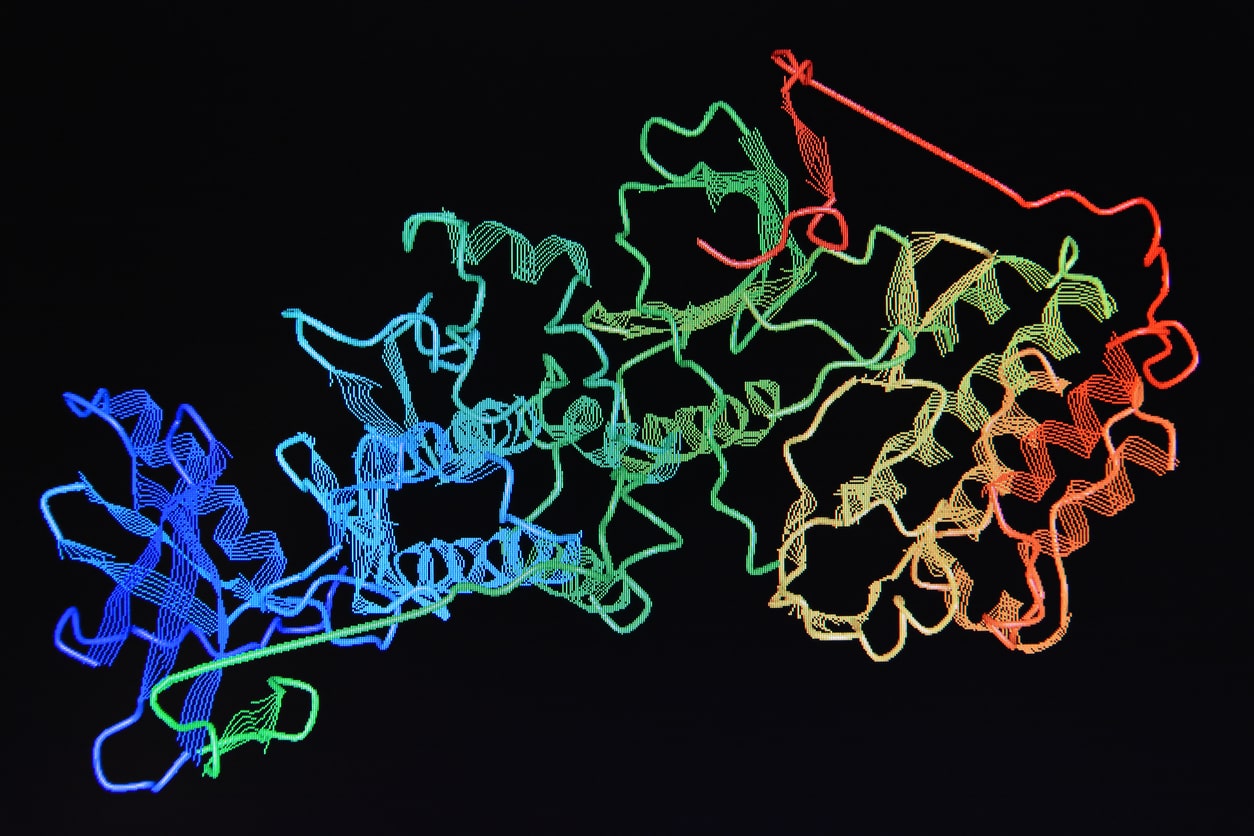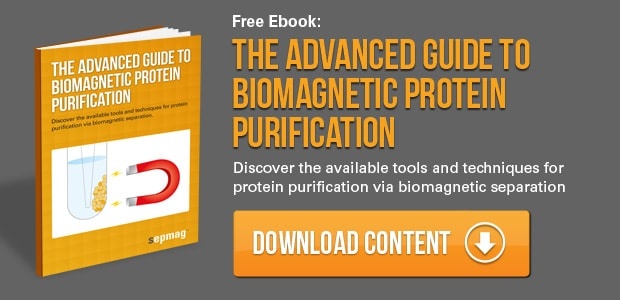Glutothione S-transferase is a 26 kDa protein that is used as an affinity tag for protein isolation in pull-down assays. The GST tag has specific affinity for the protein glutathione. This means that glutathione can be attached to columns or magnetic beads and used to isolate any protein that has been modified with the gst tag sequence. The modification of proteins with the gst tag sequence is performed in host organisms and results in fusion proteins that consist of the target protein joined by a linker to the 220 amino acids that compose the gst tag.
Generating fusion proteins with the gst tag sequence
Fusion proteins are generated following the same in vitro protocol used to create all recombinant proteins; the structural genes are ligated together with a single promotor in an expression vector. The expression vector, commonly E. Coli bacteria, HEK293 (human embryonic kidney 293), or CHO (Chinese hamster ovary), has the cellular machinery necessary to translate the genetic information into a protein. The protein is recovered from the expression vector by cell lysis and protein purification protocols. Fusion proteins differ from typical recombinant proteins in that they are actually two different proteins joined together by a linker. The ligation is performed between DNA sequences before the expression vector is able to translate the chimeric sequence into a protein.
Purification of recombinant proteins with the gst tag sequence
The benefit of adding the gst tag sequence to a recombinant protein is that the protein purification process is greatly simplified. Without a tag it can be difficult to obtain a highly enriched population of the target protein. With the gst tag it is easy to capture the target protein because the gst binds so specifically to glutathione.To isolate the fusion protein, magnetic beads or resin columns functionalized with glutathione are used. In the case of magnetic beads, they are first functionalized with the glutathione protein; the chemistry used for this is the same as that used to generate antibody-bound magnetic beads. The magnetic beads are incubated with the cell lysate containing the gst-tagged fusion protein. When a magnetic field gradient is applied by placing the sample into magnetic separation rack, the glutathione magnetic bead/gst tagged protein conjugate moves down the magnetic field gradient and is retained at the edges of the container. The remaining cell lysate is washed out and replaced with a suitable buffer.
Cleaving the gst tag to obtain pure target protein
The gst tag is a large protein with a molecular weight of 26 kilodaltons. This is much larger than other tags used for similar purposes. Such a large protein fused to the target protein could cause problems in downstream applications. Therefore, it is very useful be able to cleave the tag and remove it from the target protein. If a cleavage site is added to the linker between the gst tag sequence and the target protein, then the gst protein tag is easily cleaved off of the protein by a protease such as factor Xa or thrombin. The target recombinant protein is then ready to be used in further assays or for therapeutic use.





